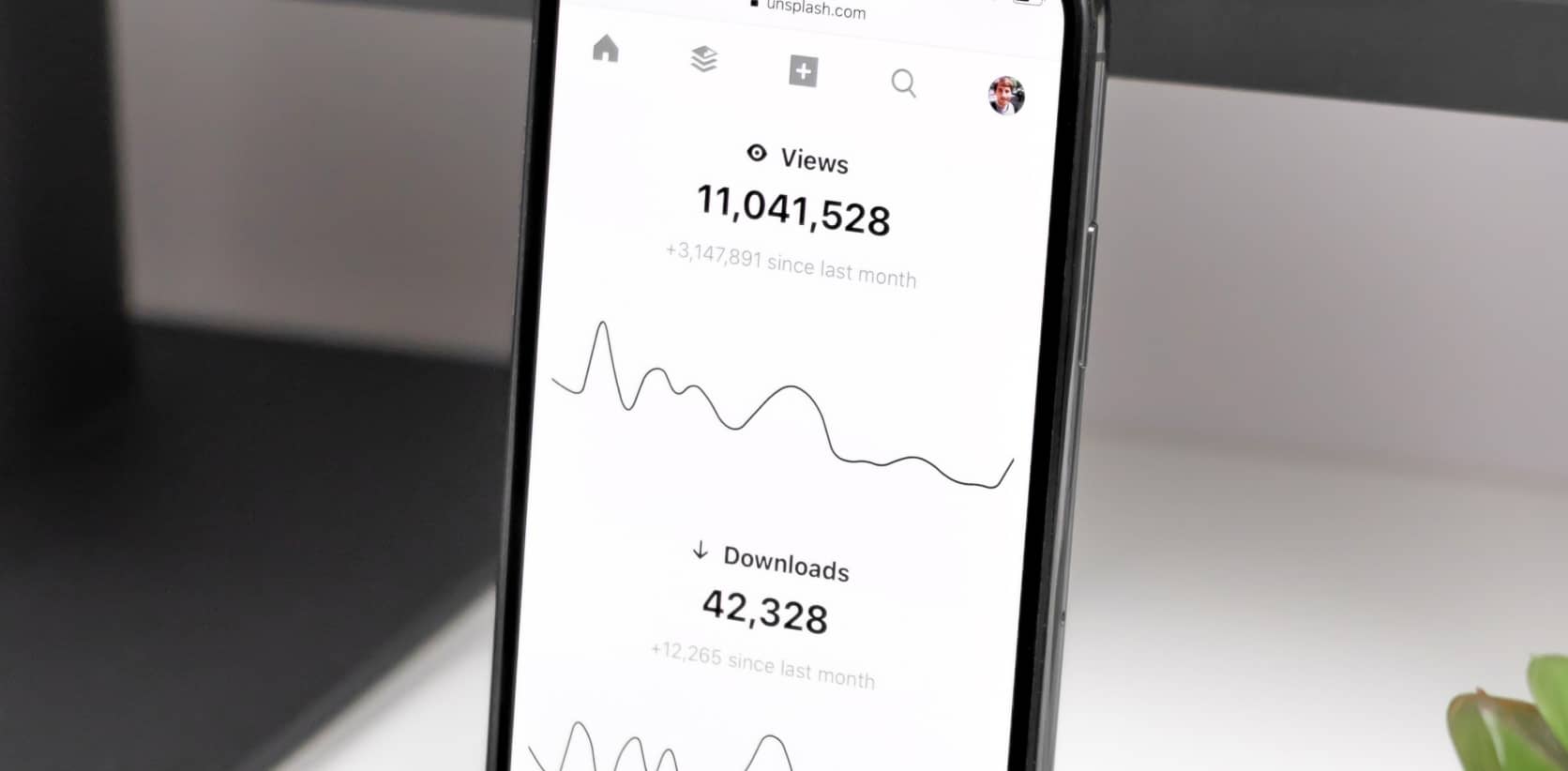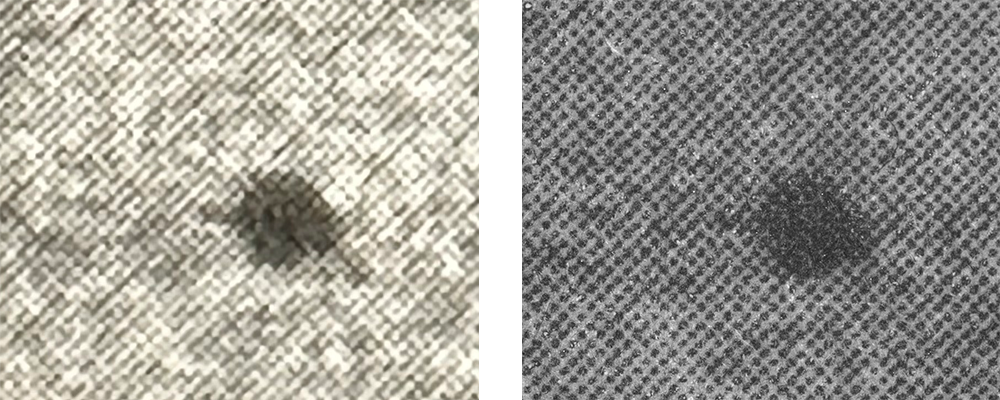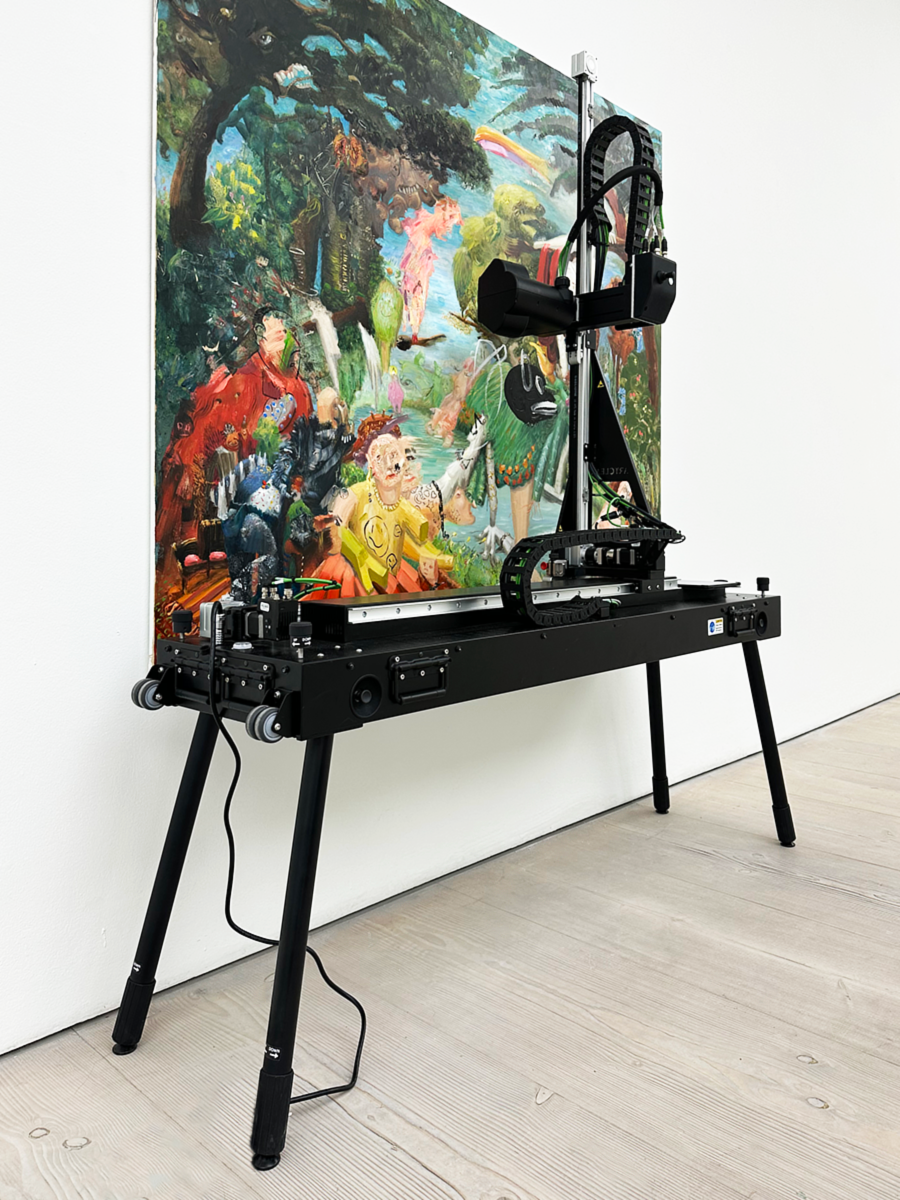How to start saving money
Lorem ipsum dolor sit amet, consectetur adipiscing elit lobortis arcu enim urna adipiscing praesent velit viverra sit semper lorem eu cursus vel hendrerit elementum morbi curabitur etiam nibh justo, lorem aliquet donec sed sit mi dignissim at ante massa mattis.
- Neque sodales ut etiam sit amet nisl purus non tellus orci ac auctor
- Adipiscing elit ut aliquam purus sit amet viverra suspendisse potent
- Mauris commodo quis imperdiet massa tincidunt nunc pulvinar
- Excepteur sint occaecat cupidatat non proident sunt in culpa qui officia
Why it is important to start saving
Vitae congue eu consequat ac felis placerat vestibulum lectus mauris ultrices cursus sit amet dictum sit amet justo donec enim diam porttitor lacus luctus accumsan tortor posuere praesent tristique magna sit amet purus gravida quis blandit turpis.

How much money should I save?
At risus viverra adipiscing at in tellus integer feugiat nisl pretium fusce id velit ut tortor sagittis orci a scelerisque purus semper eget at lectus urna duis convallis. porta nibh venenatis cras sed felis eget neque laoreet suspendisse interdum consectetur libero id faucibus nisl donec pretium vulputate sapien nec sagittis aliquam nunc lobortis mattis aliquam faucibus purus in.
- Neque sodales ut etiam sit amet nisl purus non tellus orci ac auctor
- Adipiscing elit ut aliquam purus sit amet viverra suspendisse potenti
- Mauris commodo quis imperdiet massa tincidunt nunc pulvinar
- Adipiscing elit ut aliquam purus sit amet viverra suspendisse potenti
What percentege of my income should go to savings?
Nisi quis eleifend quam adipiscing vitae aliquet bibendum enim facilisis gravida neque. Velit euismod in pellentesque massa placerat volutpat lacus laoreet non curabitur gravida odio aenean sed adipiscing diam donec adipiscing tristique risus. amet est placerat in egestas erat imperdiet sed euismod nisi.
“Nisi quis eleifend quam adipiscing vitae aliquet bibendum enim facilisis gravida neque velit euismod in pellentesque”
Do you have any comments? Share them with us on social media
Eget lorem dolor sed viverra ipsum nunc aliquet bibendum felis donec et odio pellentesque diam volutpat commodo sed egestas aliquam sem fringilla ut morbi tincidunt augue interdum velit euismod eu tincidunt tortor aliquam nulla facilisi aenean sed adipiscing diam donec adipiscing ut lectus arcu bibendum at varius vel pharetra nibh venenatis cras sed felis eget.
When we show people the Artclear Scanner, they sometimes express surprise that we need it. Surely, they say, a combination of mobile phone cameras and Artificial Intelligence (“AI”) would give you everything you need to identify pictures. Who builds proprietary hardware in 2023?
Well, we do. And we have very good reasons. So I thought I would set them out.
The Importance of High Resolution
The basic problem for accurate artwork identification is simple: it’s challenging to distinguish good copies from an original with certainty. This becomes even more difficult when you consider digital printing. High quality printers are designed to reproduce images with such precision that each copy appears identical to the human eye. It is only upon closer examination at a much smaller scale that the inherent differences between these copies become apparent.
The limitations of Smartphone Cameras
Mobile phone cameras are just not designed to operate at this scale. A standard measure of the resolution of a digital camera is Dots Per Inch (“DPI”). This is usually interpreted to be synonymous with Pixels per Inch (“PPI”), the number of receptors crammed into each square inch of the sensor in the camera that collects the image. The iPhone 14 camera has a PPI of 460. The mobile phone with the highest resolution available in 2022 was the Sony Xperia Z5 Premium, with a PPI of 801.
However, the number of receptors is only part of the story because there is another way of looking at DPI: how many data points are captured by the camera per square inch of the object of the photograph. Obviously, this is limited by the PPI of the camera’s sensor but it is also determined by the distance of the object from the camera lens- the further away the object, the the lower the DPI that the camera will be able to capture.
The Artclear scanner is configured to capture 7000 data points per inch of the artwork being scanned. In other words, it collects images whose resolution is an order of magnitude greater than would be possible with a smartphone camera, even if you placed the phone exactly the right distance from the picture.
And this is not mere over-engineering either. Our testing has shown unambiguously that this magnitude of resolution (plus a little headroom for future improvements) is needed to capture the differences between prints made by top of the range art printers from manufacturers such as HP or Epson, which are the kind of machines used by artists’ studios to make print editions of their works.
The images below contrast the level of detail captured by a smartphone with that of the Artclear scanner. Both images show the same 5mm2 area of a print from an edition of 50, each of which is identical to the human eye. At this level of magnification, the Artclear scanner reveals nuances in the ink dots deposited by the printer, the composition of paper fibre and ink bleed that are unique to this print but indistinguishable in the smartphone image.

Challenges of Using Off-the-Shelf Cameras
OK, so a smartphone would not cut it. But do we really need a specialist hardware device? Surely it is not hard to get hold of a camera with a high enough DPI specification.
Well, yes: anyone can buy them off the shelf as, indeed, do we. But taking images of artworks at that resolution raises a whole host of other problems with factors such as stability, positioning, lighting and focus.
The Artclear Solution

Addressing Stability and Positioning
Stability is obvious. When you are taking very high-resolution images, the slightest shake or vibration can lead to blurring. So, we need rock solid support for our camera.
We also need to put it in the right place. Artclear’s approach to identifying pictures is to focus on several tiny 5mm2 sample sites in the surface of the artwork. This massively reduces the cost and time taken to collect the data we need. But it creates a challenge to record the location of the sites so that we can go back to them in the future, even if the artwork is hanging in a different place, at a different angle or maybe in a different frame. We made that challenge even harder by insisting that the precise locations of our sample sites should be secret, for security purposes. Ensuring automated, accurate positioning of the camera with such unpredictable subject matter was a significant engineering challenge that we overcame.

Overcoming Lighting Challenges
Lighting is all about illuminating the area to be photographed so that changes to ambient lighting do not affect the images, without introducing new distortions caused by reflections, especially when the artwork is glazed. The position and angle of the lights we use is carefully calculated to ensure that the light does not get reflected straight back down the camera lens! Oh, and we had to make sure that the intensity of the light was below the threshold where it might cause damage to an artwork.
Dealing with Focus Issues
Finally, focus. Autofocus algorithms are available, but we had to address the additional complications caused by the facts that the surfaces of some artworks are highly textured, and pictures often hang at an angle to the perpendicular, both of which could lead to significant variations in clarity, even within an image of a single 5mm2 region.
In short, if you want to be able to record and guarantee distinctions between physical objects, you need some specialised kit to do it, and that is what we have developed.
Of course, data gathering is just the start of the Artclear process. Once we have the images, we feed them to the software we have licensed from HP Inc which analyses them, recording the features that truly represent the artwork and filtering out the inevitable noise present in even the most precisely captured images. This enables us to compare them to new images taken at a future to date to know, with certainty, whether we are looking at the same piece.





